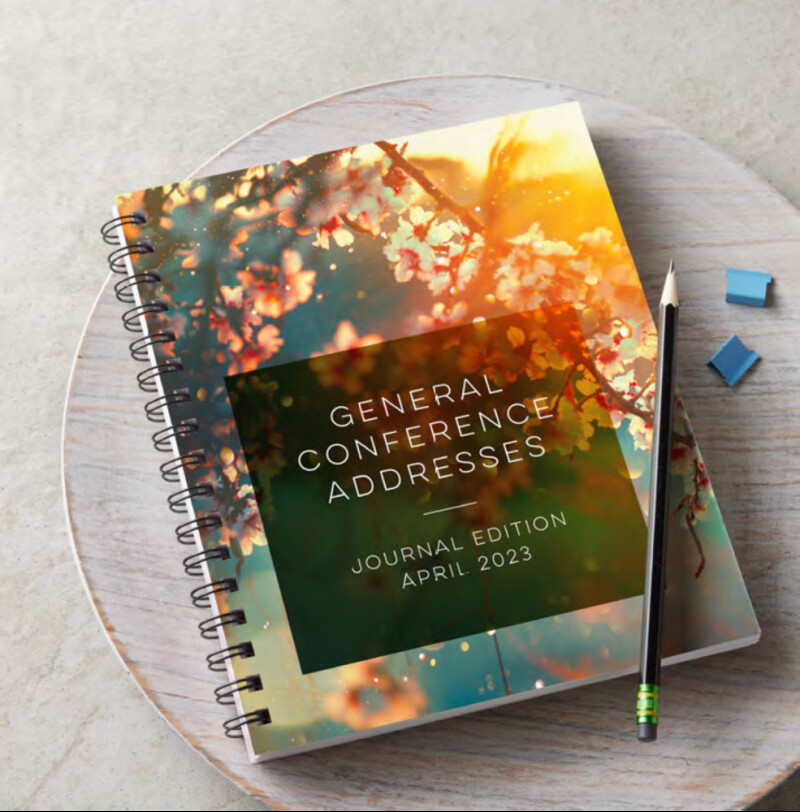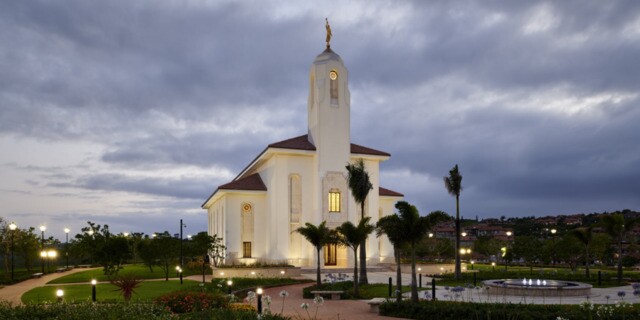If you’ve ever listened to the sustaining of Church leaders during April general conference, when dozens of names are read over the pulpit, you’ll have noticed how many Church leaders are referred to with a middle initial.
The practice of referring to General Authorities and General Officers by their first names and middle initials (or in some cases, a first initial and a middle name) is well established today, but it wasn’t always the norm. Here’s a brief look at the history of using middle initials for General Authorities.
In the earliest days of the Church, many Church leaders didn’t actually have middle names (and therefore no middle initials), including Joseph and Hyrum Smith, Brigham Young, John Taylor, Wilford Woodruff, Lorenzo Snow, and many others. It turns out that in the 1800s, middle names were rarer—and were a bit of a new phenomenon in the United States.
For centuries in Europe, a person’s legal name consisted of just two parts: a given name (first name) and a surname (also called a family name). English speakers started using middle names in about the 1600s, but they were reserved for royals and aristocrats, making them rare. In fact, it was illegal for a commoner to be given a middle name in England, according to Ancestry.com.
Even though early Americans had no such law, middle names were uncommon until about the 1800s. As far as we know, for example, no one on the Mayflower in 1620 had a middle name. Nor did most of the American Founding Fathers—think of George Washington, Thomas Jefferson, Benjamin Franklin, and Alexander Hamilton.
By 1830 when the Church was restored, middle names were starting to catch on (in fact, by 1900 most children were given a middle name). But in the early Church, Latter-day Saints addressed their leaders more casually by their first name. For instance, instead of saying “Brother Smith” or “Brother Young,” they said “Brother Joseph” or “Brother Brigham.”
With time, however, Latter-day Saints began shifting to using last names. And in some cases, using middle initials came in handy to differentiate among leaders like Joseph Smith Jr., Joseph Smith Sr., Joseph F. Smith, and Joseph Fielding Smith.
Middle names and initials gradually became the norm—and we can even track the trend by looking at old general conference reports available online:
- In April 1880 (the first official conference report), 10 of the 31 speakers had a middle name or initial—that’s 32 percent.
- In October 1897 (the next-oldest report), 23 of 37 speakers had a middle name or initial—62 percent.
- And by April 1914, all but one of the 32 speakers had a middle initial, with Rudger Judd Clawson listed simply as “Rudger Clawson.” Elder Clawson appears to be the last General Authority to choose not to use his middle initial.
- Since 1914, all members of the Quorum of the Twelve have used an initial if they had three names. But three Apostles since that time have not had a middle name: Elders LeGrand Richards (1886–1983), Matthew Cowley (1897–1953), and Ulisses Soares (born 1958).
The Church has given no public, official guidelines on the use of middle initials in the names of general leaders, so it appears that this is a more informal tradition. Why, then, do we have this tradition? Perhaps it’s simply a way to show esteem for our leaders. Nowadays, people in leadership positions in government, business, and industry are often referred to with middle initials. For example, as of this writing, five of the eight current presidents of Ivy League Universities use a middle name or initial.
Just for fun: Many Latter-day Saints know the middle initials of the First Presidency and the Quorum of the Twelve Apostles. But do you know what those initials stand for? Test your knowledge here: Quiz: What do the Apostles’ and First Presidency’s initials stand for?
Pre-order the April 2023 General Conference Addresses, Journal Edition
The General Conference Addresses Journal Edition will have all the text of the April 2023 general conference addresses in one spiral-bound paperback. Extra-wide, lined margins give you space to record your impressions and to document the insights you receive. Create an enduring record to make the inspired teachings of general conference an ongoing part of your gospel learning.








